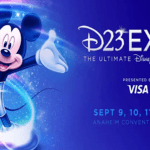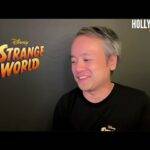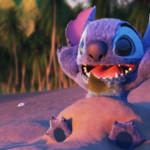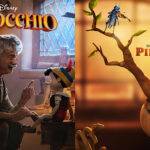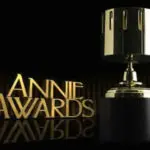Table of Contents
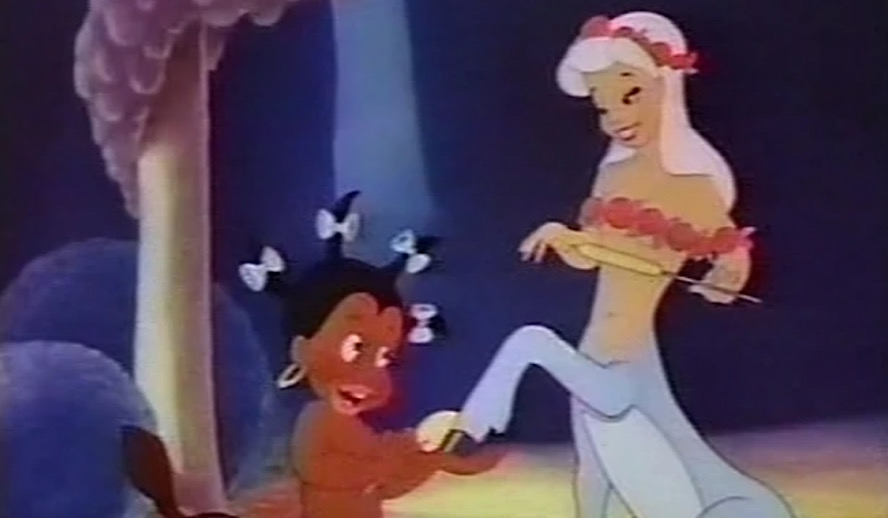
Photo: ‘Fantasia’ (1940)/Disney
Disclaimer: The point of this article is NOT to paint Disney in a bad light as Hollywood Insider does not believe or partake in “cancel culture”. People and brands are allowed to change for the better, and evolve for good, so kudos to Disney for making positive changes away from their history which included racism. Disney has evolved into a better, kinder and more respectful brand and we applaud that. With this article, we just think that perhaps an EXPLICIT APOLOGY for the previous wrongdoings would send a clear positive message making all people feel safer, and also help transform other current wrong-doers/racists into better people/brands/companies. Disney is present in almost every country and this CLEAR message from Disney might make a GIANT positive change from a GIANT brand that is synonymous with all our childhoods.
My name is Carrie and (sigh) I am a Disney addict. Over four years of college, I used any and every excuse to write all assigned papers on the House of Mouse. So now I’m here, a wealth of knowledge on all aspects, the good, the bad, and the ugly of the Disney giant brand. And let me tell you, the bad and the ugly run strong throughout Disney’s history, from the unfair treatment of the lead actress in Snow White to all the fun issues regarding Mr. Disney and the Jewish community and also, racism. Just so all the fantasy lovers out there don’t shun the name of Hollywood Insider for publishing this article, I should tell you I love Disney with all my heart. “When You Wish Upon a Star” is my ring tone. But, like in any relationship, I had to realize that my loved one is imperfect.
The Walt Disney Company was started in the 1920s by Walt Disney and his brother Roy. It gradually grew to become one of, if not the biggest entertainment superpowers in the world. Owning Marvel Studios, ESPN, Pixar, Fox, and George Lucas Films, Disney is a force to be reckoned with. However, like most superpower governments and companies in the world, Disney has a checkered history when it comes to race. And sure, Disney Plus has put warning labels on its most heinously offensive movies. But is that really enough with the level and amount of egregious offenses Disney has committed against minority races? I think not and here’s why…
Video version of this article
Video: Hollywood Insider YouTube Channel
The Golden Age of Disney films and Disney racism and why having Walt around didn’t help
The Disney Golden Age went from the premiere of Snow White in 1937 to The Aristocats in 1970. It is considered the Golden Age because not only was the company incredibly popular during this time but also Walt was around to oversee the making of each film. This was certainly not helpful towards Disney’s PR in regards to minority races. Disney referred to the seven dwarves from Snow White as the “n!@# pile” and Walt even admitted that he was a two-faced person. Okay, so everyone was a bit racist back in the day. What’s the big deal? The big deal is not everyone approved and oversaw the making of Song of The South.
Song of the South was released by Disney in 1946 and Disney is still trying to erase it from their history to this day. The film depicts a bunch of happy slaves living on a plantation laughing and singing and hanging with cartoon animals. Yeah. Imagine a black kid watching that and thinking that it must have been fun to be a slave. Song of the South must have also contributed to a lot of white kids thinking that slavery was no big deal. I’ve watched Song of the South once. It’s physically painful to watch. I had to call up all my black friends and apologize for a movie made by a dead guy. It’s based on a series of children’s stories written by, you guessed it, a white dude. At least black characters were actually played by black actors which certainly is surprising because how the hell did black actors read the script and think, “I wanna be a part of this movie.” And not only has no formal apology been given to the African American community, Disney is still profiting off the movie to this day. The ride Splash Mountain at Disney World was inspired by Song of the South. Those cute little animals whose stories are followed throughout the ride are all characters in the most racist movie with an anamorphic fox as a supporting character.
Related Article: Why Cinema Will Never Die – Long Live Cinema & Its Greatness
Also in the Golden Age was the infamous Dumbo crow scene. The scene features the voice of Cliff Edwards, in his word, “talking jive”. We all know that’s code for a racist impression of a black person. Then there’s “What Makes the Red Man Red” from Peter Pan. This is Disney’s first and unfortunately not last offense against native Americans. The song depicts them as primitive, saying words like “ugh” instead of real language. In the Fantasia segment called “Pastoral Symphony”, there is a black nymph named Sunflower who tends to all the white pegasi, combing their hair and doing their nails.
Walt’s final racist mark on the world was the song “Everybody Wants to Be a Cat” from The Aristocats. Other than the stereotypical depiction of a Chinese cat complete with buck teeth, chopsticks, and a cringe-worthy fake Chinese accent, this song doesn’t seem too bad on the surface. It’s a tribute to the jazz age, a major hallmark in African American culture. On the surface, this scene is a major step up from the racist depictions of black characters in earlier movies. My anger with this song is that in the movie, we see this “black cat” singer of the song once in a scene in which he’s there for the sole purpose of entertaining the main characters of the film before they go on their merry way.
The Disney Renaissance got… a little better
The next stop on our fun journey of destroying all our childhoods is the Disney Renaissance. The Renaissance took place between the release of The Little Mermaid in 1989 and Tarzan in 1999. This era is also the era of non-white princesses as Disney unveiled Aladdin in 1992, Pocahontas in 1995, and Mulan in 1998. Of course, nonwhite little girls deserve to see faces that look like them on screen. Unfortunately, the depictions were often unfair and stereotypical.
Aladdin opens with the song “Arabian Nights” sang by the late Robin Williams playing a beggar in the fictional town of Agrabah. Setting aside the fact that an embarrassingly high number of Americans would support bombing the imaginary city, the song has some disturbing lyrics. Emphasizing the idea that Middle Eastern people are barbaric heathens, the merchant sings, “where they cut off your ear if they don’t like your face. It’s barbaric, but hey it’s home.” This line was so controversial that Disney had to replace it when they re-released the movie several years later. The majority of Disney fans don’t even know the original line existed. Because instead of acknowledging and owning up to their mistake, Disney covered it up.
Pocahontas had only one Native American in its entire cast and crew, Russel Means who played Pocahontas’ father. No Native Americans were ever consulted regarding the project. So naturally, this led to some problems. Let’s be clear, some people have a problem with the song “Savages.” I personally do not. It’s a song meant to shed light on the racism believed by both Native Americans and white settlers in the time of colonization. I understand many believe that it’s a racist song, I personally don’t believe it is. The problem with Pocahontas lies in the age-old stereotype of the mystical Native American. The idea that Native Americans have magical powers to manipulate nature because they live closer to it in some respects doesn’t sit well with me. It makes the culture seem more foreign and alien to those who do not belong to it.
My mother is Chinese and her favorite Disney movie is Mulan. It’s one of mine too. The graphics are out of this world, the songs, though few in number, are timeless, the feminist message strikes a chord with little girls everywhere. Unfortunately, it’s not without fault. Mulan emphasizes the notion that Chinese women are all meek and dainty and the only way for them to bring honor to their family is by marrying. The movie makes us think that this is just accepted by all women when in fact, there has been a growing feminist movement in China since the early 20th century. Except obviously there was social unrest earlier or else the source material for the movie The Ballad of Mulan would not have been written in the 11th century. Clearly, someone back then believed women were meant for more than just making good wives.
Modern Disney and how they can do better
These days Disney is a lot more woke. The team behind Moana took the time and care to make sure to hire a Polynesian voice actress to play the title character. Coco takes a respectful look into the Mexican tradition of Dia de Los Muertos. And Princess and the Frog depicts black Louisianan culture in a tasteful light. Of course, each of these movies has its share of small issues here and there. People took issue with the fact that Tiana is a frog instead of a black woman for the majority of the movie. And there are apparently too many sombreros in Coco. Someone will inevitably find something wrong with every movie that involves characters of minority races and everyone has different sensitivity levels. It’s clear that Disney is trying to correct its mistakes of the past and it’s been doing a pretty good job at it.
Related Article: Brad Pitt is Trending: Why I Am Ecstatic for All the Love Oscar-SAG-BAFTA-Golden Globe Winner Brad Pitt is Receiving
What Disney needs to do is outright say and not just imply, yeah, we’ve been racist in the past but we’ll try to do better. Also, maybe hiring a couple of people of color to their board of executives wouldn’t hurt. You’re not a bad person if you like Disney. I don’t hate myself every time “Hi-Ho” or even “Everybody Wants to Be a Cat” gets stuck in my head. Disney makes great movies, just some of them are problematic. Moving forward, it’s important to understand the racism embedded into the history of the company and mention it to your kids so they understand what they are watching. We can all keep loving Disney as long as we love it responsibly. Isn’t that true for everything? With great power comes great responsibility – Disney has complete monopoly over most children and their childhood – so greater responsibility is needed to handle this great power.
By Carrie Fishbane
More Interesting Stories From Hollywood Insider
– A Tribute To The Academy Awards: All Best Actor/Actress Speeches From The Beginning Of Oscars 1929-2019 | From Rami Malek, Leonardo DiCaprio To Marlon Brando & Beyond | From Olivia Colman, Meryl Streep To Bette Davis & Beyond
– The Verified Complete List of Every Female Best Director Oscar Winner: Fact-Checked Series
– Why Queen Elizabeth II Is One Of The Greatest Monarchs | Her Majesty Queen Elizabeth II of United Queendom of Great Britain & Northern Ireland
– Video: ‘1917’ – Golden Globes Winner – Full Commentary And Reactions From The Stars & Crew Including Sam Mendes, George MacKay, Dean-Charles Chapman & Team
– Video: Full Commentary & Reactions From Stars On ‘Bombshell’ With Charlize Theron, Nicole Kidman, Margot Robbie, Jay Roach & Team
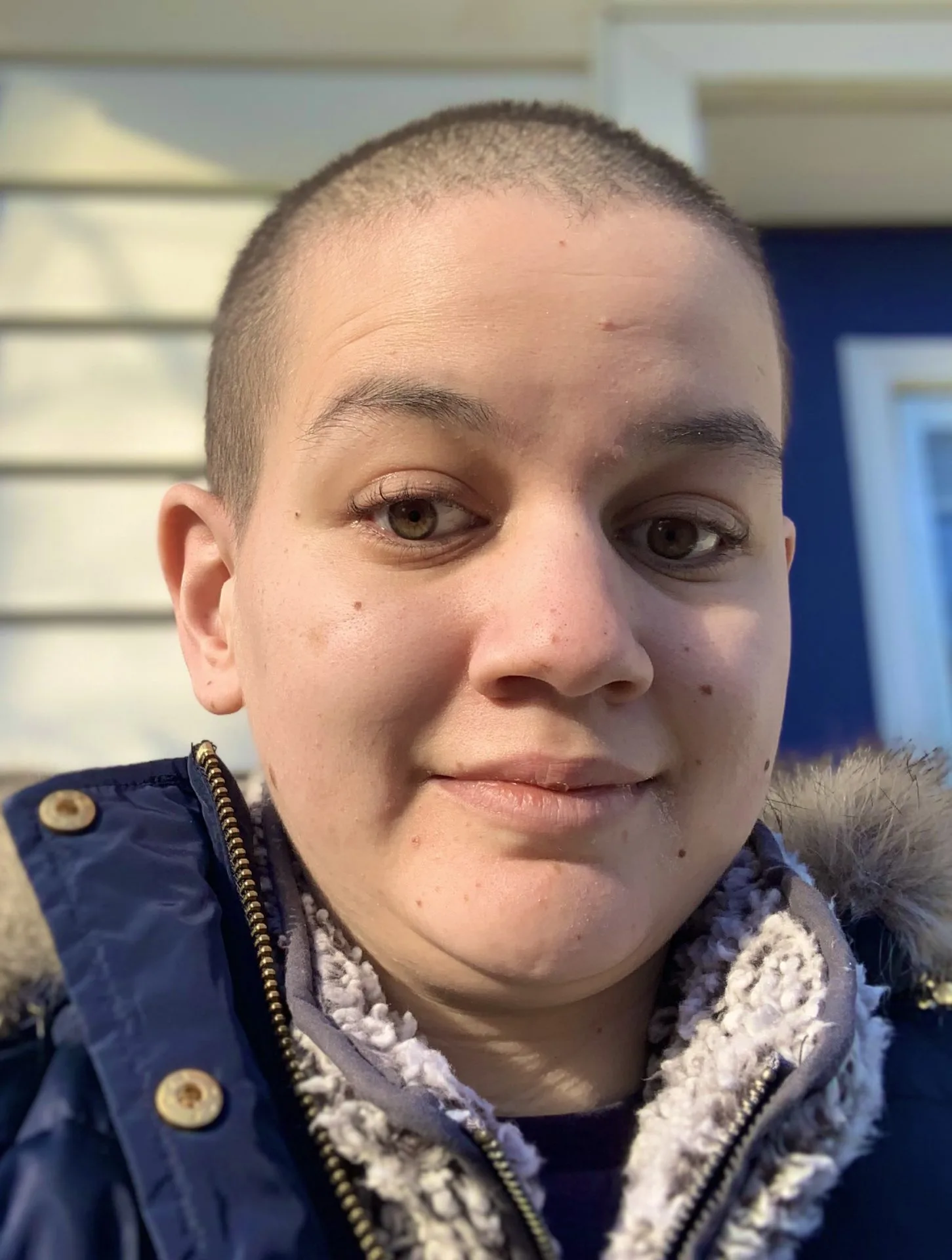
Carrie Fishbane is obsessed with all things comedy and loves to reflect on the impact of comedy on the world. Having spent thousands of hours studying literature, she also writes about the political impact of entertainment and the power movies and TV have to create social change. Hollywood Insider promotes ethics and substance in entertainment, which is exactly in line with Carrie’s perspective. Carrie’s favorite movies include Jojo Rabbit, Deadpool, and Inception and her favorite shows are Rick and Morty, Crazy Ex-Girlfriend, and The Office.

